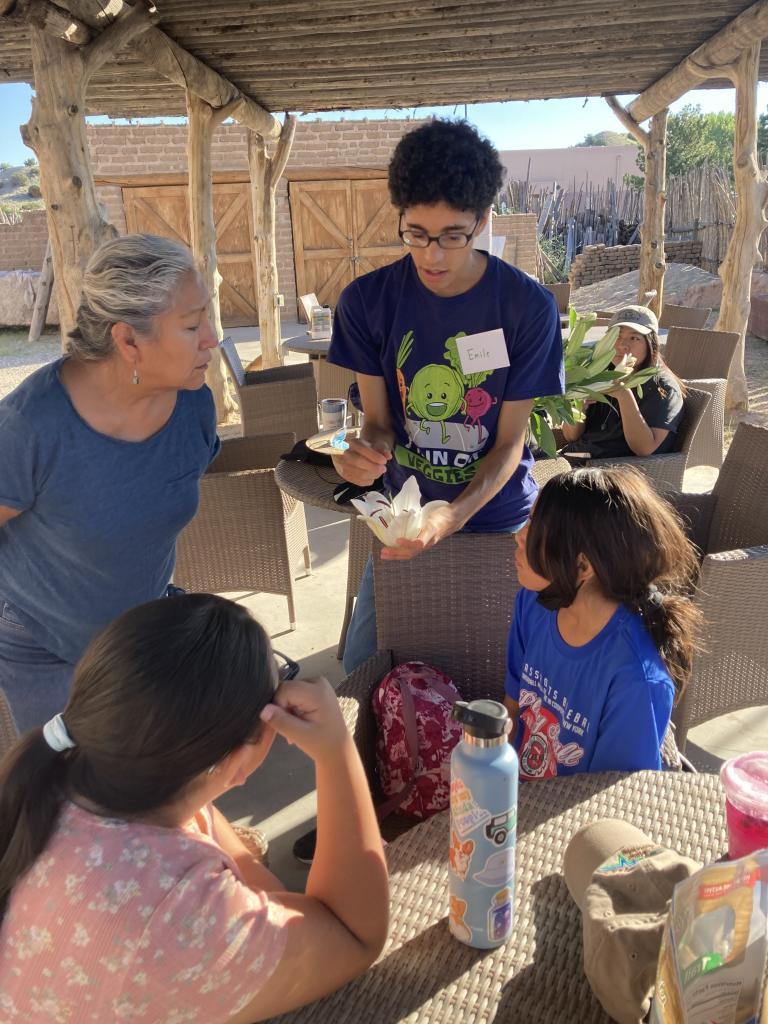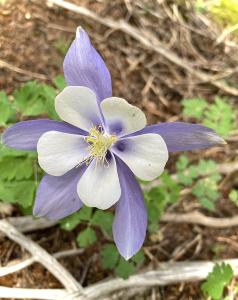Peeling Back Layers of Conservation in New Mexico
By Emile Sow, IAE Summer Intern
November 2022
My summer with the Southwest Office of the Institute for Applied Ecology (IAE) felt almost like I was scuba diving, but instead of sinking into water I was discovering the layers of conservation in New Mexico. I came to this internship from the Metcalf Program at the University of Chicago, an institution where I learned so much, but where my exposure to environmental science had been mostly academic and one-dimensional.

Reflecting back on my experience, the strongest emotion I feel is gratitude to the people I worked with—both inside and outside the office—for giving me the chance to join them in fieldwork and ultimately, showing me more sides to conservation than I thought existed.
I was almost surprised at just how much I loved my favorite part of the experience—getting to work outside. It was the first time I got to do fieldwork and I loved every part of it; whether it was hiking into the Santa Fe National Forest to look for the Arizona willow (Salix arizonica), collecting Alkali Sacaton (Sporobolus airoides) seeds along the Rio Chama, or working in seed production fields to weed native plants and collect their mature seeds.

These places were beautiful, to be sure, but beyond just being there, working outside is what let me build a connection to them and to northern New Mexico by extension. For the first time, I saw conservation work in action. This included indirect conservation work, as well as field work. I accompanied the Education and Outreach Coordinator María Leonor Rodríguez as an assistant with IAE’s outdoor education program, ForestBound. Here, besides experiencing that sense of satisfaction, wonder, and affinity with local environments, I watched it happen in the participants as well.

My time in the office was valuable, but being outside the office also let me spend time with different groups of people, working on what they cared about. I learned about traditional indigenous knowledge and practices, native plant ethnobotany, and the spreading of Pueblo erosion control structures, but more importantly I saw how IAE partners with farmers, how other conservation organizations depend on community involvement and volunteering, and how the Tewa Language Department and community members at the Pueblo of Pojoaque see their land and language as inextricably linked.
This summer showed me how many different sides there are to successful conservation, and how the field depends on them working together, each leaning onto another—a lesson I plan on taking back with me to Chicago, and far beyond.